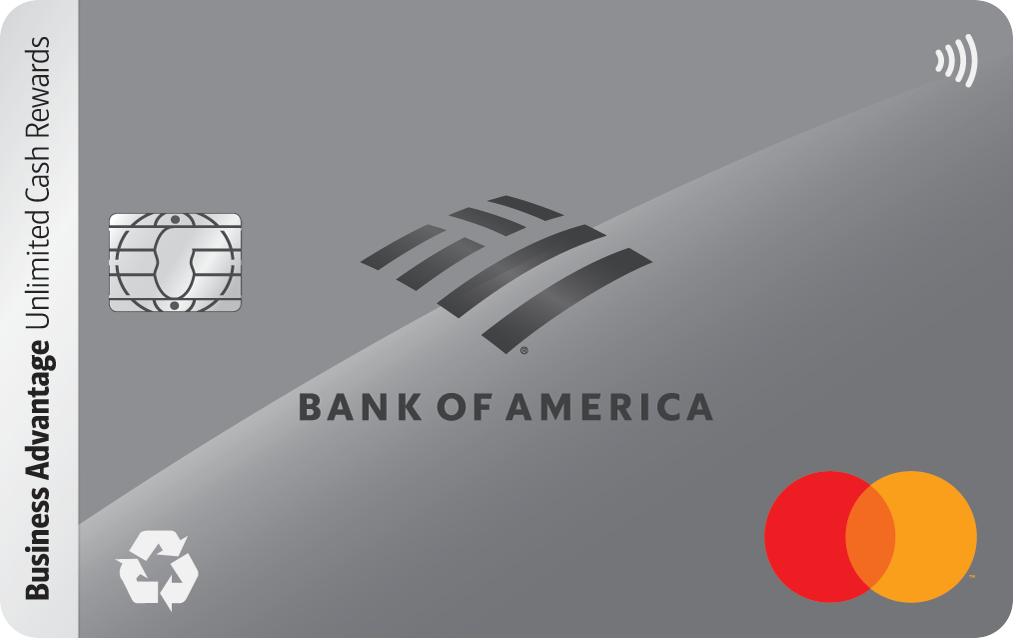Do You Really Need $1 Million to Retire in 2025?

Image source: Getty Images
I've covered retirement planning for years, and the question of needing $1 million to retire comes up constantly. And especially now, with inflation still sticky and market swings testing your nerves.
The short answer: It depends. The better answer is that you probably don't need exactly $1 million, but you do need a plan that matches your lifestyle, goals, and what the markets are giving us right now.
Why $1 million became the target
The "$1 million rule" took hold because it's a big, clean number that sounds safe. For years, it was tied to the 4% rule, which suggests you could withdraw about 4% annually and not run out of money over a 30-year retirement.
But in 2025, the 4% rule is under debate. Some experts say 4% is too aggressive if markets underperform, while others think higher yields on cash and bonds could support that rate. Bottom line: It's a guideline, not a law.
Inflation still matters
Inflation cooled from its 2022-2023 peaks, but many prices -- especially for healthcare and housing -- are still higher than pre-pandemic levels. A million dollars today doesn't buy what it did a decade ago.
To protect yourself, consider:
- Diversified investments that keep pace with inflation
- I-bonds or TIPS as part of your fixed-income mix
- Flexible spending so you can adjust in down years
If you feel as though you need some help getting organized, this no-cost quiz from our partner, SmartAsset, makes it easier to find a fiduciary financial advisor.
Retirement costs depend on you
If you plan to retire in a paid-off home in a low-cost state and live modestly, you might retire comfortably with much less than $1 million.
If you want to travel, help your kids with big expenses, or retire early, you may need more. Run the numbers:
- Track your current spending.
- Adjust for expenses you'll drop (commuting, work wardrobe).
- Add in healthcare costs, which often rise in retirement.
Free online retirement calculators can help, but working with a fiduciary planner can give you a clearer picture. Looking for an advisor? You can use this free tool from our partner SmartAsset that can match you to a fiduciary advisor.
Your withdrawal strategy is key
How you draw down your savings matters:
- Many retirees use a bucket strategy, keeping a few years of cash in safer accounts while letting stocks grow.
- Others use dynamic withdrawals, adjusting spending based on market performance.
- With higher yields on savings accounts (some still paying 4%+ in 2025), you may not need to sell investments during market dips.
If you haven't yet, make sure you're using a high-yield savings account to earn up to 10 times the national average rate. Banks are hoping you leave cash in low-yield accounts, and that can cost you thousands over your retirement.
Here's what I'd do
You don't need to chase a magic number. What you need is:
- A plan that matches your goals and lifestyle
- An investing strategy that protects against inflation
- A flexible withdrawal plan
If you want to get started today, consider this:
- Check your current savings and how they're allocated.
- Review your budget and estimate your retirement spending.
- Boost your savings rate if you're behind -- and don't overlook high-yield savings accounts for your cash cushion.
Retirement planning can feel overwhelming, but it's easier when you have a clear plan -- and the peace of mind that you don't need exactly $1 million to retire comfortably.
Our Research Expert



